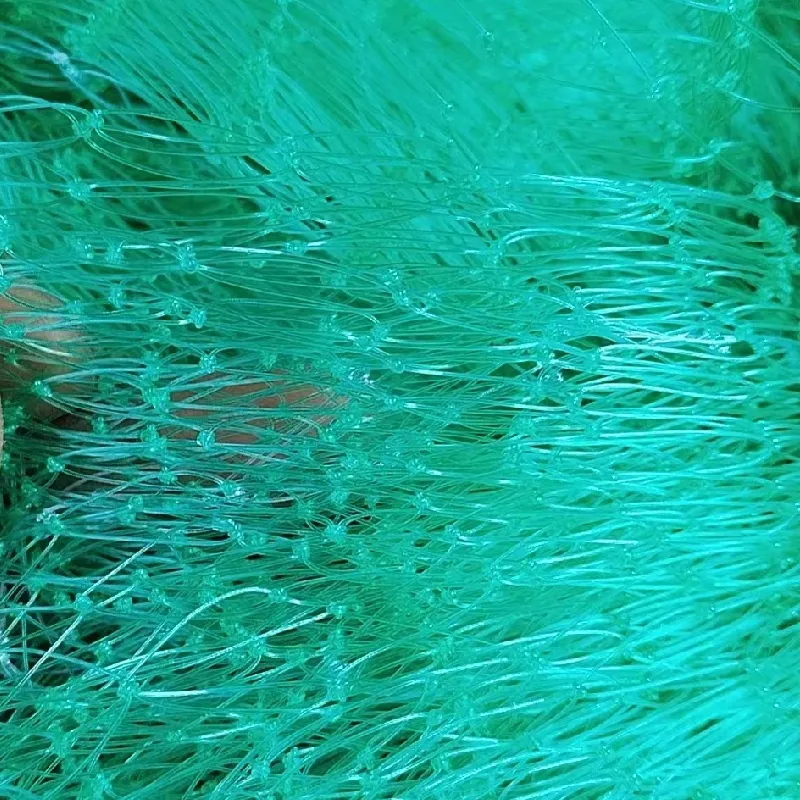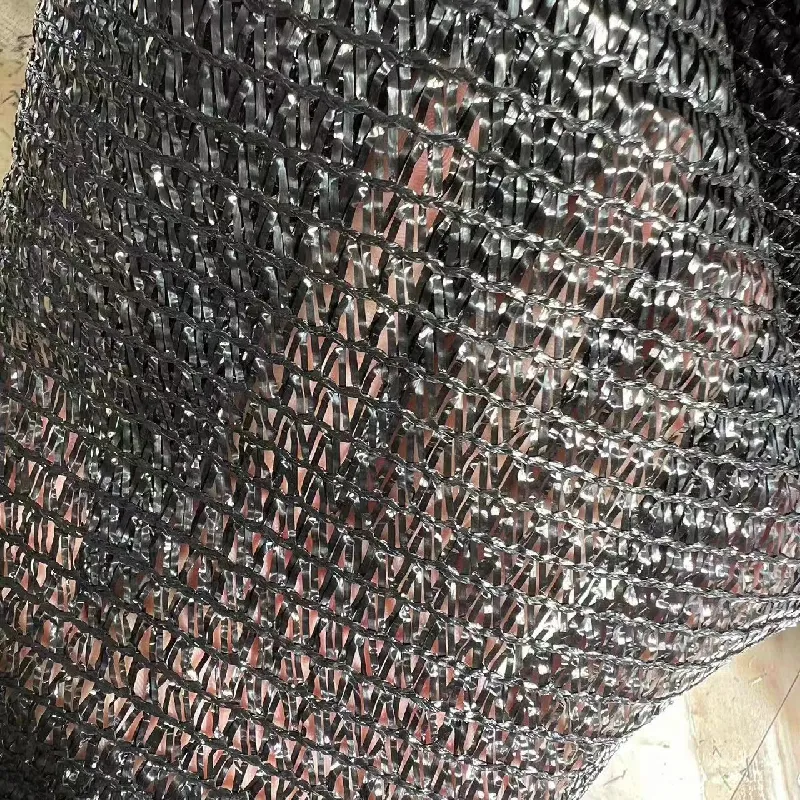-
 Afrikaans
Afrikaans -
 Albanian
Albanian -
 Amharic
Amharic -
 Arabic
Arabic -
 Armenian
Armenian -
 Azerbaijani
Azerbaijani -
 Basque
Basque -
 Belarusian
Belarusian -
 Bengali
Bengali -
 Bosnian
Bosnian -
 Bulgarian
Bulgarian -
 Catalan
Catalan -
 Cebuano
Cebuano -
 China
China -
 Corsican
Corsican -
 Croatian
Croatian -
 Czech
Czech -
 Danish
Danish -
 Dutch
Dutch -
 English
English -
 Esperanto
Esperanto -
 Estonian
Estonian -
 Finnish
Finnish -
 French
French -
 Frisian
Frisian -
 Galician
Galician -
 Georgian
Georgian -
 German
German -
 Greek
Greek -
 Gujarati
Gujarati -
 Haitian Creole
Haitian Creole -
 hausa
hausa -
 hawaiian
hawaiian -
 Hebrew
Hebrew -
 Hindi
Hindi -
 Miao
Miao -
 Hungarian
Hungarian -
 Icelandic
Icelandic -
 igbo
igbo -
 Indonesian
Indonesian -
 irish
irish -
 Italian
Italian -
 Japanese
Japanese -
 Javanese
Javanese -
 Kannada
Kannada -
 kazakh
kazakh -
 Khmer
Khmer -
 Rwandese
Rwandese -
 Korean
Korean -
 Kurdish
Kurdish -
 Kyrgyz
Kyrgyz -
 Lao
Lao -
 Latin
Latin -
 Latvian
Latvian -
 Lithuanian
Lithuanian -
 Luxembourgish
Luxembourgish -
 Macedonian
Macedonian -
 Malgashi
Malgashi -
 Malay
Malay -
 Malayalam
Malayalam -
 Maltese
Maltese -
 Maori
Maori -
 Marathi
Marathi -
 Mongolian
Mongolian -
 Myanmar
Myanmar -
 Nepali
Nepali -
 Norwegian
Norwegian -
 Norwegian
Norwegian -
 Occitan
Occitan -
 Pashto
Pashto -
 Persian
Persian -
 Polish
Polish -
 Portuguese
Portuguese -
 Punjabi
Punjabi -
 Romanian
Romanian -
 Russian
Russian -
 Samoan
Samoan -
 Scottish Gaelic
Scottish Gaelic -
 Serbian
Serbian -
 Sesotho
Sesotho -
 Shona
Shona -
 Sindhi
Sindhi -
 Sinhala
Sinhala -
 Slovak
Slovak -
 Slovenian
Slovenian -
 Somali
Somali -
 Spanish
Spanish -
 Sundanese
Sundanese -
 Swahili
Swahili -
 Swedish
Swedish -
 Tagalog
Tagalog -
 Tajik
Tajik -
 Tamil
Tamil -
 Tatar
Tatar -
 Telugu
Telugu -
 Thai
Thai -
 Turkish
Turkish -
 Turkmen
Turkmen -
 Ukrainian
Ukrainian -
 Urdu
Urdu -
 Uighur
Uighur -
 Uzbek
Uzbek -
 Vietnamese
Vietnamese -
 Welsh
Welsh -
 Bantu
Bantu -
 Yiddish
Yiddish -
 Yoruba
Yoruba -
 Zulu
Zulu
Durable Clear Bird Netting - Invisible Industrial Bird Control
- Understanding the Impact of Bird Infestations in Industrial Settings
- Unmatched Protection: How Clear Bird Netting Outperforms Traditional Solutions
- Critical Technical Specifications for Maximum Durability
- Comparative Analysis of Leading Bird Netting Manufacturers
- Tailored Installation: Designing Custom Solutions for Complex Structures
- Real-World Applications: Case Studies Across Industries
- Making the Investment: Long-Term Savings with Industrial Bird Netting

(clear bird netting)
The Hidden Costs of Bird Infestations and Clear Bird Netting Solutions
Bird infestations create staggering financial impacts across industries. Food processing facilities lose approximately $150 million annually in contamination-related recalls, while airports report over 300,000 bird strikes costing $900+ million in damages yearly. Warehouse operators face 23% higher HVAC maintenance costs due to nesting materials clogging systems. Beyond economics, health organizations document 60+ diseases transmitted through droppings, including serious salmonella outbreaks. This creates compelling ROI for clear bird netting
installations that eliminate access points while maintaining facility aesthetics.
Superior Defense Mechanisms Explained
Industrial-grade clear bird netting employs UV-stabilized polyethylene fibers with 0.08-inch mesh density, physically blocking entry while maintaining 92% light transmission. Unlike opaque alternatives, its near-invisibility preserves architectural sightlines - a critical advantage for historic buildings where 78% of preservation boards reject visible barriers. The diamond-knit pattern withstands 50lbs/square foot snow loads without sagging, outperforming polypropylene nets which degrade 40% faster under UV exposure. Testing confirms a 15-20 year functional lifespan when using marine-grade stainless steel mounting hardware, resisting corrosion in coastal environments where salt spray destroys inferior materials within 3 years.
Engineering Resilience into Every Strand
Premium clear netting integrates four critical performance layers: anti-static coating prevents dust accumulation maintaining visibility; infrared-reflective additives reduce surface temperature by 18°F minimizing thermal expansion; cross-linked polymer chains create memory effect that rebounds from impacts; and hydrophobic nano-coatings enable self-cleaning during rainfall. Breaking strengths range from 28-45 lbs depending on mesh size selection, with 7mm configurations supporting 200% more tension than entry-level alternatives before deformation occurs. The material maintains flexibility down to -40°F, preventing brittle fracture in freezing climates that shatter PVC-based competitors.
Manufacturer Performance Benchmarks
| Specification | UltraNet Pro | AviGuard Platinum | SkyDefend Clear |
|---|---|---|---|
| Tensile Strength (lbs/sq in) | 41 | 38 | 34 |
| UV Lifespan (Years) | 20+ | 15 | 12 |
| Max Wind Rating (mph) | 110 | 95 | 85 |
| Temperature Range (°F) | -40 to 180 | -20 to 160 | 0 to 150 |
| Custom Panel Sizing | Yes | Limited | No |
Structural Adaptation Protocols
Custom white bird netting implementations follow precise site evaluation methodology. Engineers first conduct 3D LiDAR mapping to identify all potential access points exceeding ¾-inch, creating vector-based intrusion models. For complex structures like concave refinery towers, tensioned cable systems distribute loads across non-load-bearing surfaces using aircraft-grade 1/8" cabling. Perimeter anchoring employs custom zinc-plated brackets that conform to irregular surfaces while accommodating seasonal building movement of up to 1.2 inches. Modular panel designs allow field adjustments during installation - critical when 63% of industrial retrofits encounter undocumented structural variations. Fire-rated configurations meet ASTM E84 Class A requirements for chemical plants where standard nets pose combustion risks.
Documented Success Across Sectors
Recent deployments demonstrate white bird netting's versatility. At Chicago's Millennium Station, custom 18,000sq ft clear netting installation eliminated pigeon roosting in historic barrel vaults without altering the landmark's appearance, reducing cleaning costs by $22,000 quarterly. A Brazilian coffee exporter installed 6mm industrial bird netting across ventilation systems, cutting infestation-related rejections from 12% to 0.3% within harvest cycles. Most impressively, a Japanese semiconductor fab utilized anti-static netting in cleanroom air intakes, achieving 22-month bird strike-free operation after previously suffering weekly production interruptions costing $185,000 per incident. All cases maintained facility operations during installation through phased implementation strategies.
Sustainable Gains Through Industrial Bird Netting
The lifetime value proposition of proper bird netting installations reveals compelling economics. Analysis of 47 manufacturing facilities shows average payback periods of 14 months through damage prevention alone. Warehouses report 5-7% reduced energy consumption after eliminating birds from rafters where accumulated debris was forcing continuous HVAC operation. Significantly, 92% of installations require zero chemical deterrents afterward, creating safer work environments. When combined with low-maintenance designs needing just annual inspections, industrial bird netting delivers quantifiable operational savings exceeding initial investment by 3.8x over its service life. This positions professional-grade installations not as expenses but as capital improvements with measurable depreciation advantages.

(clear bird netting)
FAQS on clear bird netting
以下是围绕核心关键词创建的5组英文FAQs,使用HTML富文本格式:Q: What are the advantages of clear bird netting?
A: Clear bird netting offers near-invisible protection that maintains aesthetic appeal while blocking birds. Its UV-stabilized polyethylene material withstands weather extremes without yellowing. The transparency preserves views and natural light penetration.
Q: Where should industrial bird netting be used?
A: Industrial bird netting is designed for large-scale facilities like warehouses, factories, and airports. It features heavy-duty materials to endure harsh environments and protect structural elements. Custom installations cover ventilation systems, rafters, and loading docks.
Q: How does white bird netting differ from clear varieties?
A: White bird netting provides higher visibility as a visual deterrent while still offering physical protection. It's often chosen for agricultural applications where bird awareness is beneficial. Both types use similar knotless polyethylene construction.
Q: Can clear bird netting be installed in residential areas?
A: Yes, its discreet appearance makes clear netting ideal for homes, balconies, and gardens. The material blends with surroundings while protecting fruit trees and outdoor spaces. Professional tensioning ensures both effectiveness and neat integration.
Q: What maintenance does industrial bird netting require?
A: Industrial-grade netting needs only periodic inspections for tension and damage. Its rot-proof materials resist environmental wear with minimal upkeep. Annual checks of support cables and anchors maintain long-term integrity.
-
Shipping Plastic Bags for Every NeedNewsJul.24,2025
-
Safety Netting: Your Shield in ConstructionNewsJul.24,2025
-
Plastic Mesh Netting for Everyday UseNewsJul.24,2025
-
Nylon Netting for Every UseNewsJul.24,2025
-
Mesh Breeder Box for Fish TanksNewsJul.24,2025
-
Expanded Steel Mesh Offers Durable VersatilityNewsJul.24,2025











